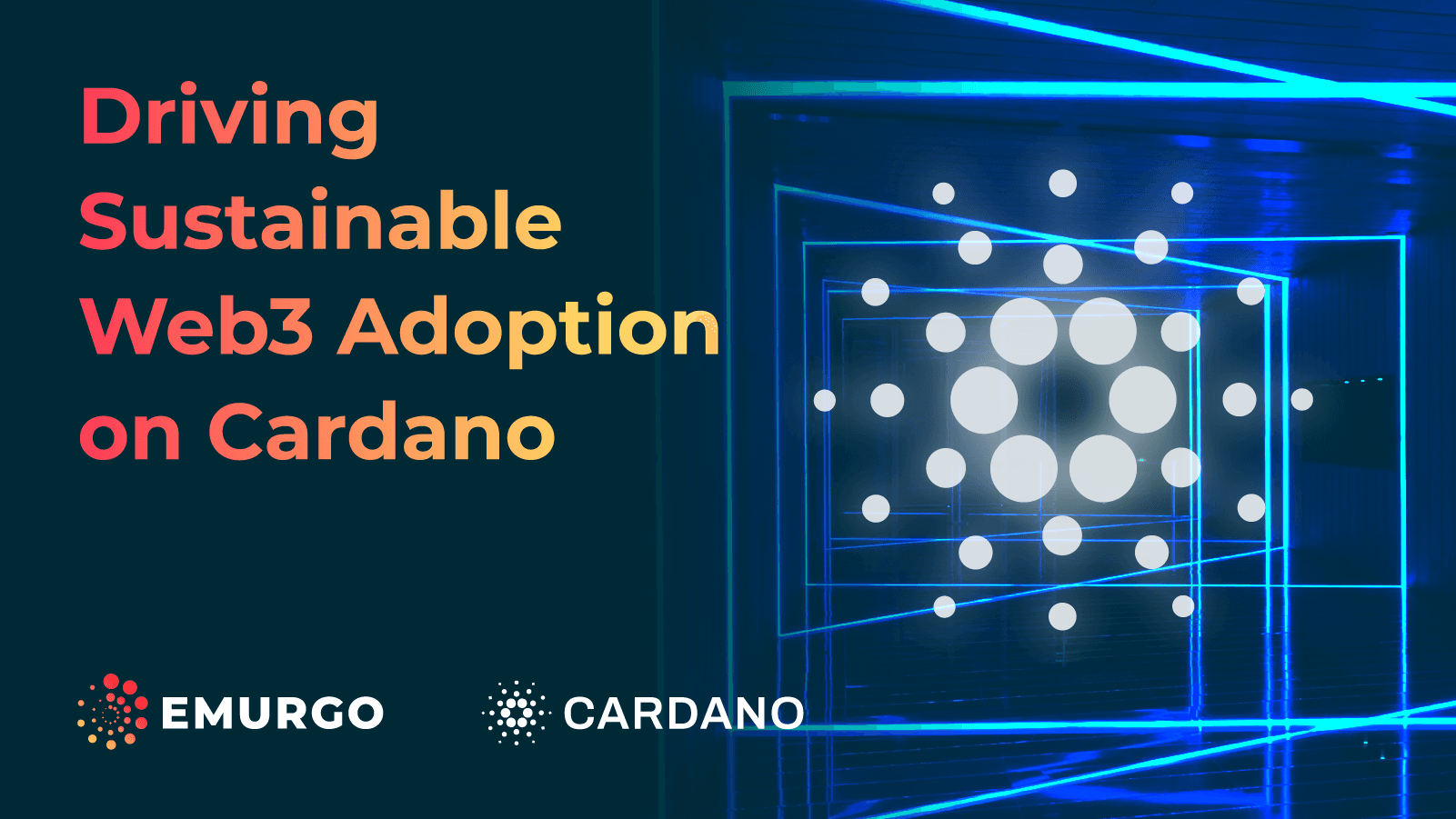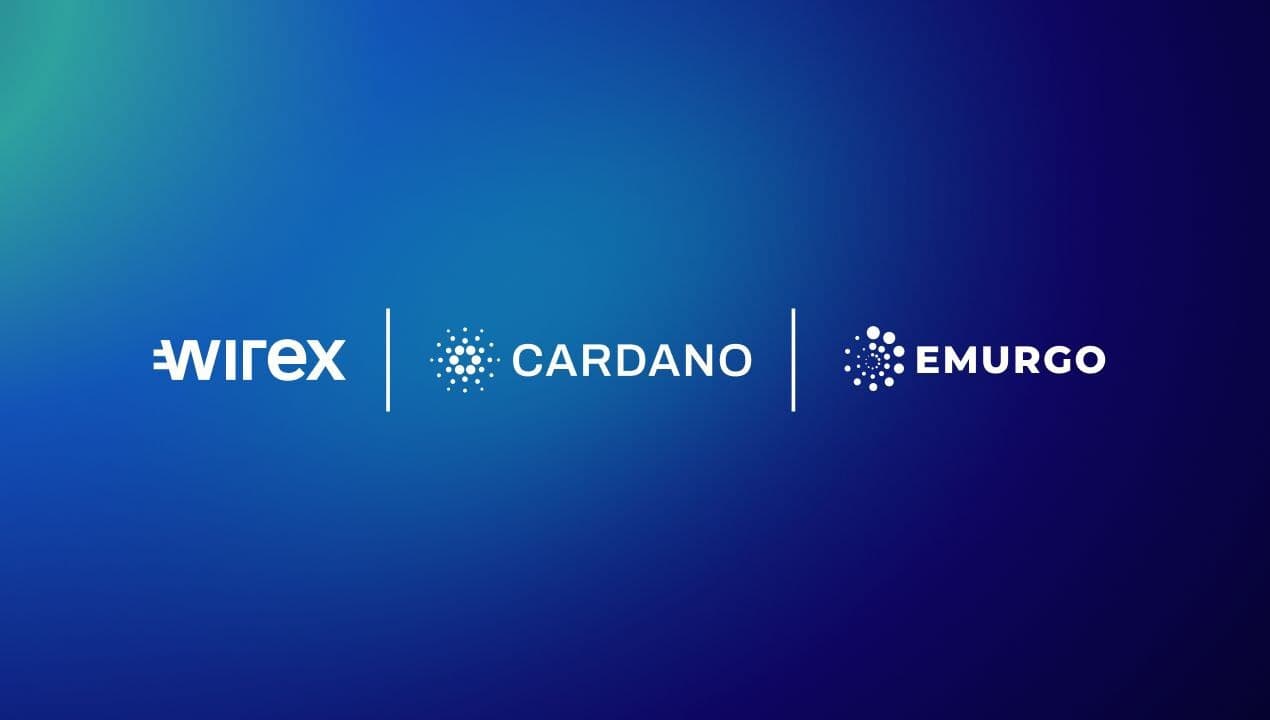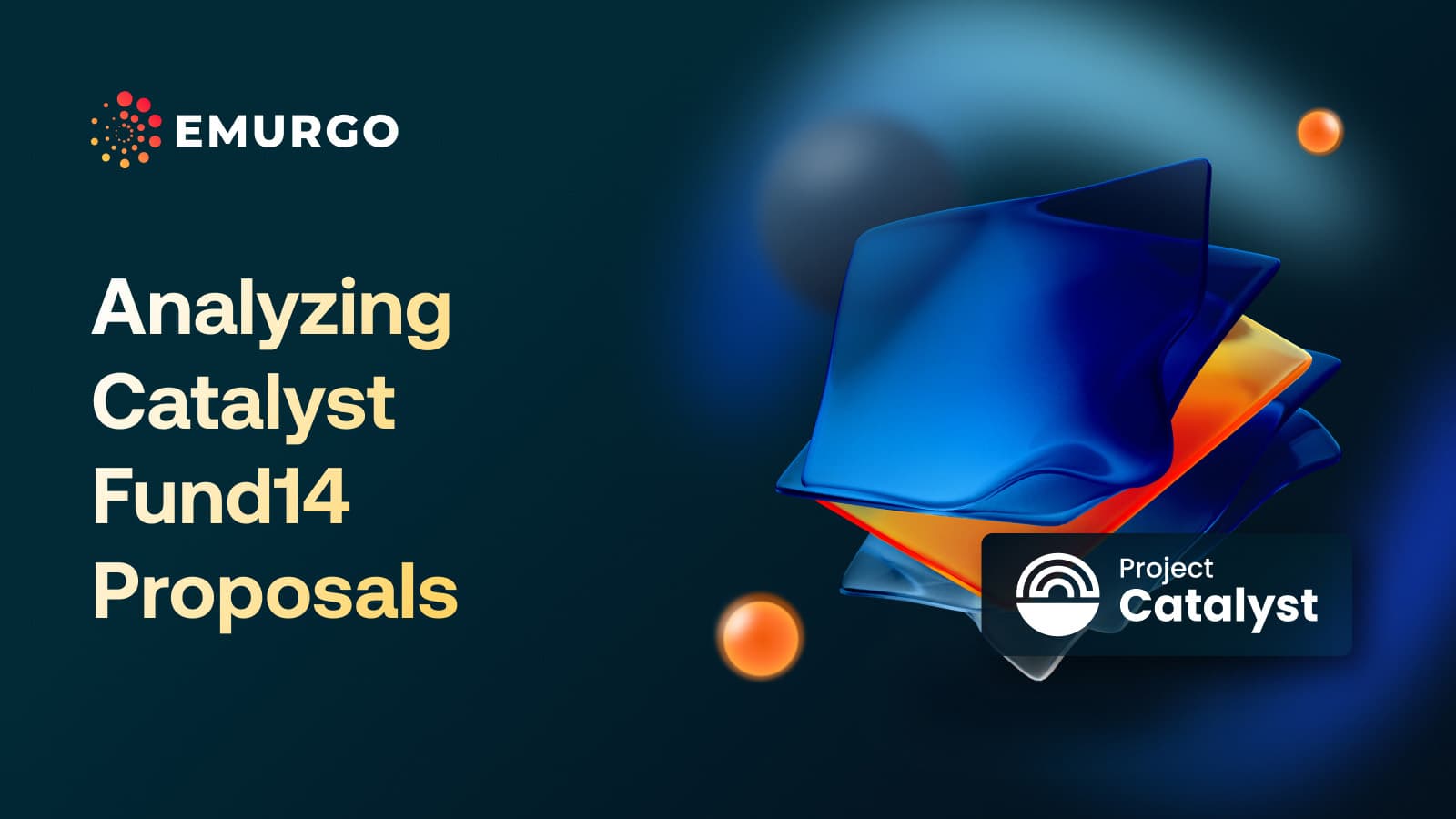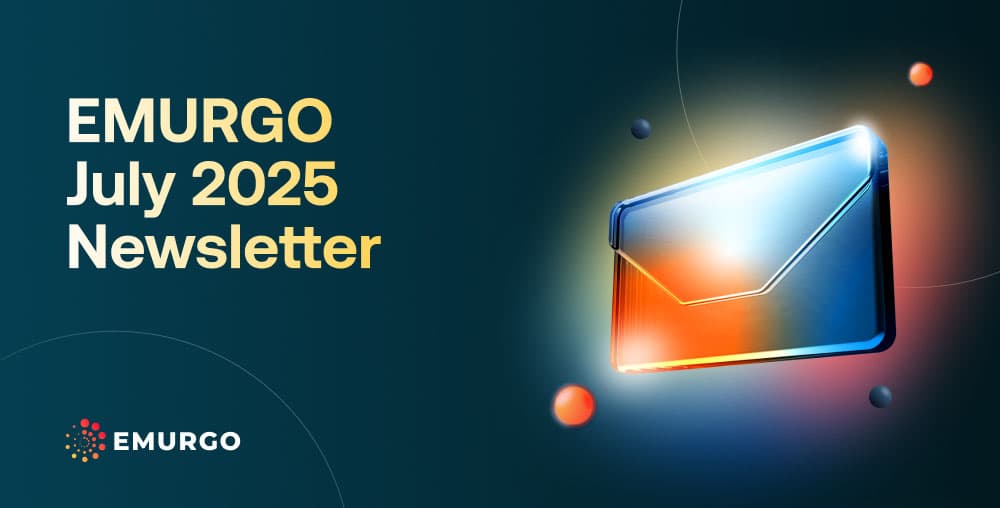This is the first part of a two-part blog series on Cardano and sustainable Web3 adoption.
In this blog, we will answer the fundamental questions:
- What is Web3?
- What’s the difference between Web1, Web2, and Web3?
In the second part, we will discuss why Cardano is the sustainable answer to picking a blockchain platform for Web3 solutions & services such as Cardano NFTs, Cardano DeFi, and other Cardano dApps.
If you’re a Web3 developer or blockchain startup considering L1 or layer-one blockchains to build upon, Cardano offers one of the largest proof-of-stake blockchains with a community of over 3.8 million active ADA wallet addresses and an environmentally-friendly blockchain that is significantly more energy-efficient than other alternatives.
What is Web1?
The history of the modern Internet can be generally divided into three eras: Web1, Web2, and now Web3.
Web1 spans the early 90s to 2005, covering the advent of the home PC and Internet boom years. People started to become familiar with the concept of the Internet and the World Wide Web as PCs became mainstream. Internet speeds were slow with dial-up modems but became faster with the availability of broadband Internet towards the end of the Web1 era.
Web1 was about offering Internet users the ability to “read-only” or “view-only” content on mostly centralized, closed-source platforms without the ability to post user-generated content due to a myriad of factors: slow Internet speeds, usage of closed-source technology like Microsoft Internet Explorer (IE), and lack of content variety, among others.
However, it was difficult for average Internet users to find a broad range of content, create content, and monetize their content due to the factors listed above.
What is Web2?
As technology continued to develop, the modern Internet transitioned into the Web2 era, generally characterized as covering 2005 to 2020. In Web2, Internet usage became more affordable and expanded to become commonly used throughout the globe. Smartphones and wireless Internet technology (WiFi) were also introduced and quickly became ubiquitous. By Web2, Internet users were accustomed to using high-speed broadband Internet for their PCs and smartphones.
Web2 provided Internet users the ability to not only “read” content, but also “write” and “create” content. Online platforms for user websites, blogs, videos, and other tools and services became accessible for Internet users to create their content for others to engage with, and also monetize. Social media platforms also started to take off and gain billions of users worldwide keen on uploading their pictures, videos, and written content. However, these platforms for user-generated content were all centralized under the control of private entities. This meant that while users were able to create and monetize their content, the centralized platforms had final control over the usage of their uploaded content and personal information.
What is Web3? Why is Web3 important and how is it different?
In response to many of the drawbacks of Web1 and Web2, blockchain technology and its open-source properties started gaining popularity. Initially, it was more commonly known as the technology underpinning cryptocurrencies through Bitcoin’s release in 2009. However, blockchain and its potential use cases started to expand in development towards the end of the next decade, sparking the transition to the Web3 era (2020 – onwards).

In Web3, Internet users can read, write/create, and own and earn through their creative content while also having full control over their personal identity information. This is made possible by using open-source decentralized applications (dApps) running on top of decentralized blockchain platforms. These blockchain platforms are open-source and anybody can contribute to their development and upkeep. dApps are applications that meet conditions based on algorithms and open-source code without a centralized entity to govern.
Web3 developers are fast developing dApps to allow users to transfer financial value, own & transact digital art/music, secure identity, choose what information to share while browsing the Internet, share user-generated content, and so forth, while retaining full control over payments, identity, and content.
Interested in talking more about Web3 and Cardano? Find EMURGO at TOKEN2049 in Singapore

EMURGO can help bridge the technical and knowledge gap when it comes to Cardano and Web3. We can help bring your startup or enterprise into the Cardano ecosystem and Web3.
As a founding entity of Cardano, EMURGO possesses the strategic resources to invest, build, and market your Web3 startup or integrate your existing business models into Cardano’s Web3 ecosystem.
EMURGO will also be at the upcoming TOKEN2049 conference in Singapore on September 28-29, 2022 to discuss how Cardano and Web3 can bring value to your project or organization.
For questions, please contact marketing@emurgo.io
About EMURGO
- Contact: info@emurgo.io
- Official Website: emurgo.io
- Twitter (Global): @EMURGO_io
- YouTube: EMURGO channel
- Discord: EMURGO Community
- Facebook: @EMURGO.io
- Instagram: @EMURGO_io
- LinkedIn: @EMURGO_io
About Yoroi Wallet
- Official Website: yoroi-wallet.com
- Yoroi Twitter: @YoroiWallet
- Customer Support: Yoroi Help Desk
About Fibo
- Official Website: fibo.art
- Twitter: @FiboNFT
- Discord: EMURGO Community



